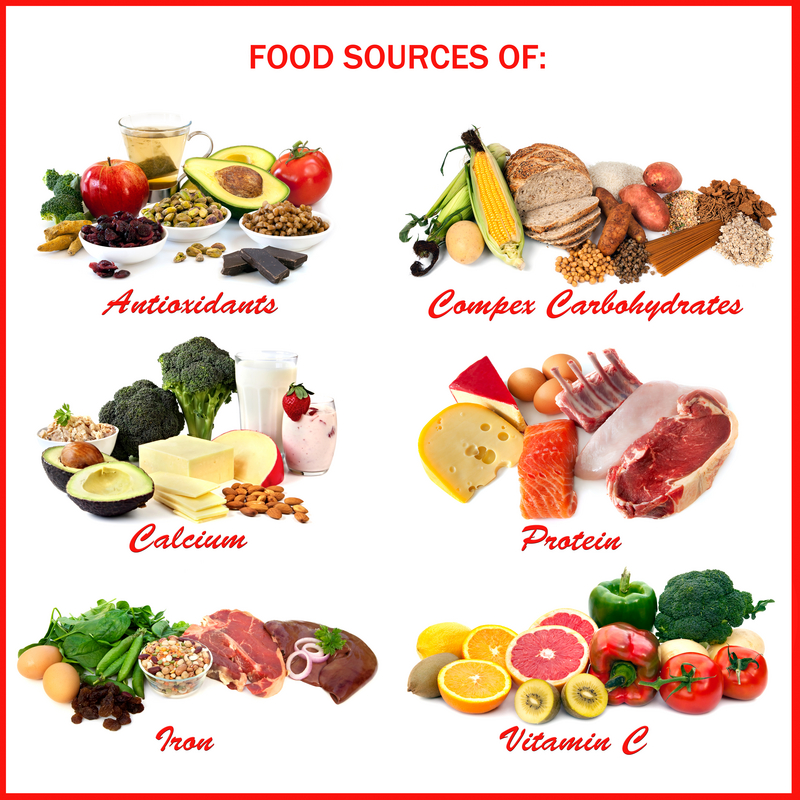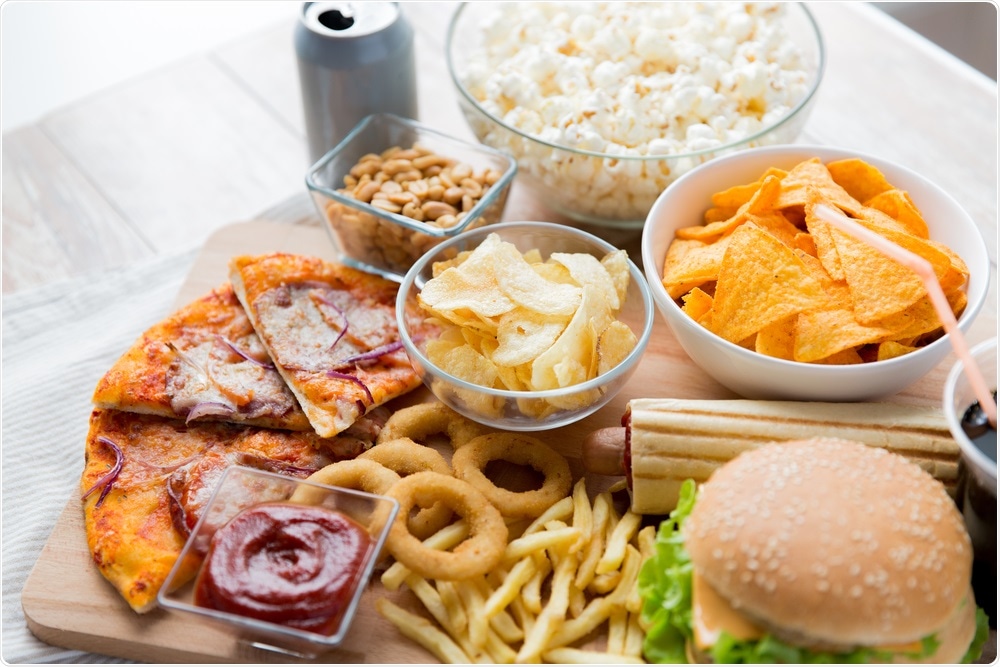
While foodborne illness can almost always be prevented, there are still ways to reduce the risk. One way to reduce the risk is to practice good hand hygiene, by washing your hands thoroughly before handling any food. This will prevent pathogens spreading to other foods and contaminating them. Wash your hands with soap water for 20 seconds. If you're eating out, check to make sure the food you're eating is fully cooked. You can throw away any dish that you are unsure about.
You should not only practice good hygiene but also be mindful of what you eat. Food poisoning could result from eating raw meats, poultry, eggs, seafood, or shellfish. To avoid contracting food poisoning, you should avoid consuming these products. Before you use fruits or vegetables, be sure to wash them thoroughly. You may be able to receive a virtual doctor appointment free of charge within 15 minutes of eating.
Wash your hands often and take note of the temperature. There are many harmful bacteria and toxin in raw meat, poultry, fish, and other animal products. Make sure that you cook your food thoroughly to kill any pathogens. If in doubt ask for another plate. If you're eating at a restaurant, make sure to wash your hands thoroughly before preparing the food. Remember to refrigerate any perishable items as soon as possible. If you don't know what to expect, consult your emergency room.

You should wash your hands frequently and avoid touching food. The manufacturing of food can allow bacteria and viruses to enter the food. These bacteria may come from the kitchens or farms that grow the food. You can also spread these germs by handling food. Even the freshest of foods can be contaminated. So, it is important to keep these factors in mind and follow the correct hygiene practices. This can help you avoid contracting food poisoning.
Food poisoning symptoms vary from mild to serious. Either symptoms will appear as soon as you eat contaminated food or it may take several hours for them to manifest. It's also vital to wash your hands after handling raw meat. It is best to not place raw meat on the counters or in sinks. This increases the chance of food poisoning and the possibility of getting the bacteria. But, even if the food has been eaten, there is still a high chance of it being transmitted to you.
Proper hand washing is the best way of avoiding food poisoning. It is important to wash your hands properly and avoid eating raw meats and dairy products. It is also important not to touch foods that have been cooked long. If you are preparing meat, bacteria will survive for longer so wash your hands well before you touch it.
Refrigerated and frozen food are best. Unwashed fruits and vegetables should never be eaten. Washing fruits and veggies properly is important when you are cooking. These foods might contain bacteria. For this reason, you should wash them before preparing them. You can prepare them best with a towel or cloth made of paper. A kitchen mat is a great way to store your food.

When you eat out, it's important to remember that you're at risk for food poisoning. When dining out, ensure you choose a restaurant that is reputable and make sure you order a steak cooked to perfection. Make sure you don't make the food yourself. It's impossible to be sure that your food will be safe. Also, ensure your food is cooked correctly and checked for signs of bacteria contamination.
The symptoms of food poisoning include diarrhea, abdominal cramps, and vomiting. These symptoms may appear several hours after eating, but they usually pass on their own. If you've had any recent travel, make sure you pack your food in a cooler or insulated plastic bag. Traveling by car? Make sure it's air-conditioned. Water is a good option if you are on a tight budget. It will keep your body hydrated and help prevent salmonella.
FAQ
What are 10 healthy habits you can adopt?
-
Every day, eat breakfast.
-
Don't skip meals.
-
Eat a balanced, healthy diet.
-
Get plenty of water.
-
Take care of your body.
-
Get enough sleep.
-
Avoid junk foods.
-
Daily exercise
-
Have fun
-
Make new friends.
What is the difference of fat and sugar?
Fat is an energy source that comes from food. Sugar is a sweetener found in fruits, vegetables, and other foods. Both fats as well as sugars contain the same amount of calories. However, fats contain more than twice as many calories as sugars.
Fats can be stored in the body, which can lead to obesity. They can cause cholesterol buildup, which can lead you to heart attacks and strokes.
Sugars are quickly absorbed into the body and provide instant fuel. This causes blood glucose levels in the body to rise. High blood glucose levels can pose a danger because they increase the chance of developing type II Diabetes.
What is the working principle of an antibiotic?
Antibiotics can be used to kill bacteria. Antibiotics are used for treating bacterial infections. There are many kinds of antibiotics. Some can be taken orally while others are injected. Others are topically applied.
People who have been exposed may be prescribed antibiotics. To prevent shingles, an oral antibiotic may be prescribed to someone who has had chicken pox. A penicillin injection might be given to prevent pneumonia in someone who has had strep.
If antibiotics are to be administered to children, they must be prescribed by a doctor. Children are at greater risk of developing side effects from antibiotics than adults.
Diarrhea is one of the most common side effects of antibiotics. Other possible side effects include stomach cramps, nausea, vomiting, allergic reactions, headaches, dizziness, and rashes. These symptoms generally disappear once the treatment has finished.
What is the most healthful lifestyle?
The healthiest lifestyle to live is one where you eat healthy food, exercise regularly, sleep well, and avoid stress. This will ensure that you live a long healthy life.
Start small by changing your diet and exercising routine. You can lose weight by walking 30 minutes each day if you are looking to lose weight. Swimming or dancing are great options if your goal is to become more active. You could also sign up to an online fitness platform like Strava, which tracks your activity.
How much should I weigh for my height and age? BMI calculator & chart
Calculating your body mass index (BMI), is the best method to calculate how much weight to lose. The range of a healthy BMI is between 18.5- 24.9. If you want to lose weight, then you should aim to drop about 10 pounds per month. Enter your height and weight to calculate your BMI.
To see if you're overweight or obese, check out this BMI chart.
Do I need to count calories?
You might wonder, "What's the best diet for me?" or "is counting calories necessary?" The answer is dependent on several factors like your current health status, personal goals, your lifestyle, and your preferences.
The Best Diet For Me - Which One Is Right For You?
The best diet for me depends on my current health status, my personal goals, my preferences, and my overall lifestyle. There are many options, both good and bad. Some diets work better than others. What should I do then? How can I make the best decision?
These are the questions this article will answer. It starts with a brief introduction of the different types of diets available today. The pros and cons of each diet are then discussed. We'll then discuss how to choose which one is best for you.
Let's start by taking a look at the various types of diets.
Diet Types
There are three main types of diets: low fat, high protein, and ketogenic. Let's talk about them briefly.
Low Fat Diets
A low-fat diet is one that limits the intake of fats. This is done by reducing your intake of saturated oils (butter, cream cheeses, etc.). You can replace them with unsaturated oils (olive oil and avocados) People who are looking to lose weight quickly and easily will benefit from a low-fat diet. This kind of diet could cause problems like constipation or heartburn and indigestion. If a person doesn’t receive enough vitamins from their foods, this can lead to vitamin deficiency.
High Protein Diets
High protein diets are known to restrict carbohydrate intake and promote the consumption of proteins. These diets are more protein-rich than others. These diets are intended to increase muscle mass and reduce calories. The downside is that they may not provide adequate nutrition for someone who needs to eat regularly. They may also be too restrictive and not suitable for everyone.
Ketogenic Diets
Ketogenic diets also go by the name keto diets. They are high-fat and low in carbs and protein. They are typically used by athletes and bodybuilders because they allow them to train harder and longer without getting tired. To avoid side effects such as fatigue, nausea, headaches, or other unpleasant side effects, you must strictly adhere to their instructions.
Why should we have a healthy lifestyle to begin with?
Healthy living can lead to a longer, more fulfilling life. Good nutrition, exercise regularly, good sleep habits, stress management and healthy lifestyle can help you avoid heart disease and stroke.
A healthy lifestyle will improve our mental well-being and help us deal better with everyday stressors. A healthy lifestyle can also help you feel and look younger.
Statistics
- nutrients.[17]X Research sourceWhole grains to try include: 100% whole wheat pasta and bread, brown rice, whole grain oats, farro, millet, quinoa, and barley. (wikihow.com)
- This article received 11 testimonials and 86% of readers who voted found it helpful, earning it our reader-approved status. (wikihow.com)
- According to the Physical Activity Guidelines for Americans, we should strive for at least 150 minutes of moderate intensity activity each week (54Trusted Source Smoking, harmful use of drugs, and alcohol abuse can all seriously negatively affect your health. (healthline.com)
- In both adults and children, the intake of free sugars should be reduced to less than 10% of total energy intake. (who.int)
External Links
How To
What does "vitamin" actually mean?
Vitamins are organic compounds that can be found in foods. Vitamins help us absorb nutrients from foods we eat. Vitamins cannot be produced by the body. They must be acquired from food.
There are two types: water-soluble and fat-soluble vitamins. Water-soluble vitamins dissolve quickly in water. You can find vitamin C,B1 or thiamine, B2 or riboflavin and B3 or niacin, B3/niacin, B6/pyridoxine, folic Acid, biotin and pantothenic Acid as examples. Fat soluble vitamins are stored in the liver and fatty tissue. You can find vitamin D, E K, A, beta carotene, and other fat-soluble vitamins.
Vitamins can be classified by their biological activity. There are eight major vitamin groups:
-
A - Essential for healthy growth and health maintenance.
-
C - essential for nerve function and energy generation.
-
D – Essential for healthy teeth, bones and joints
-
E is needed for good reproduction and vision.
-
K - essential for healthy muscles, nerves, and bones.
-
P - essential for strong bones, teeth and tendons
-
Q - aids digestion and absorption of iron.
-
R – Required for the formation of red blood vessels.
The recommended daily allowance (RDA) of vitamins varies depending on age, gender, and physical condition. The U.S. Food and Drug Administration has established the RDA values.
For adults 19 years and over, the RDA of vitamin A is 400mg per day. However, pregnant women need 600 micrograms per day because it is important for fetal development. Children ages 1-8 require 900 micrograms per day. Babies under one-year old require 700 mg per day. Between 9 and 12 years of age, however, this drops to 500 mg per day.
Children between the ages 1--18 years old who are overweight or obese require 800 micrograms per Day, while those who are overweight or obese need 1000 micrograms. To meet their nutritional needs, children underweight and obese require 1200 micrograms a day.
2200 mg of vitamin A per day is required for children aged 4-8 who have been diagnosed by anemia.
2000 micrograms is the minimum daily intake for adults over 50 years old to maintain good health. Mothers who are pregnant, nursing, or have a high nutrient need will require 3000 micrograms a day.
1500 micrograms are required daily by adults over 70 because they lose approximately 10% of their muscle each decade.
Women who are pregnant and lactating need more nutrients than the RDA. Pregnant women require 4000 micrograms daily during pregnancy, and 2500 micrograms every day after birth. Breastfeeding mothers need to consume 5000 micrograms every day when breastmilk has been produced.